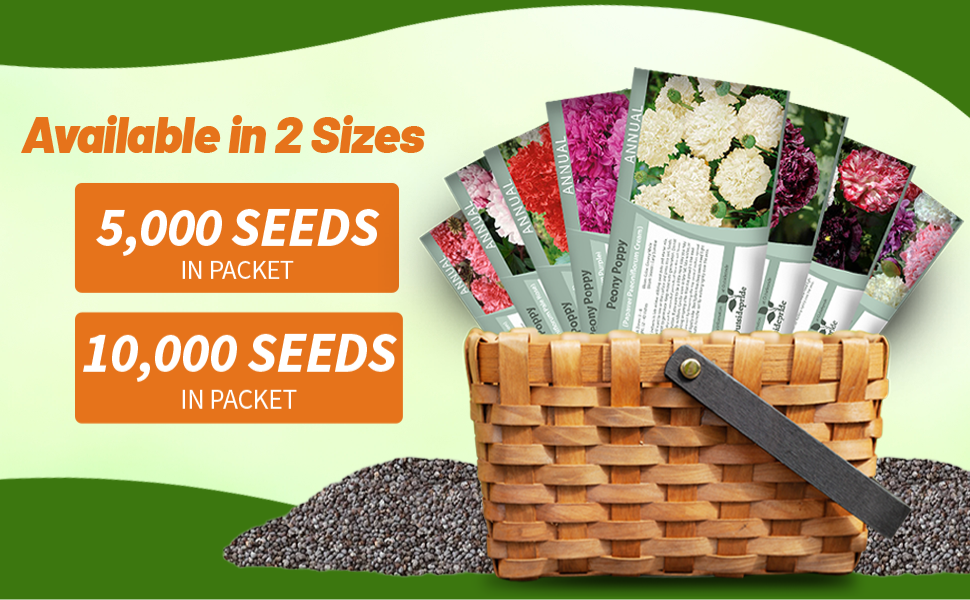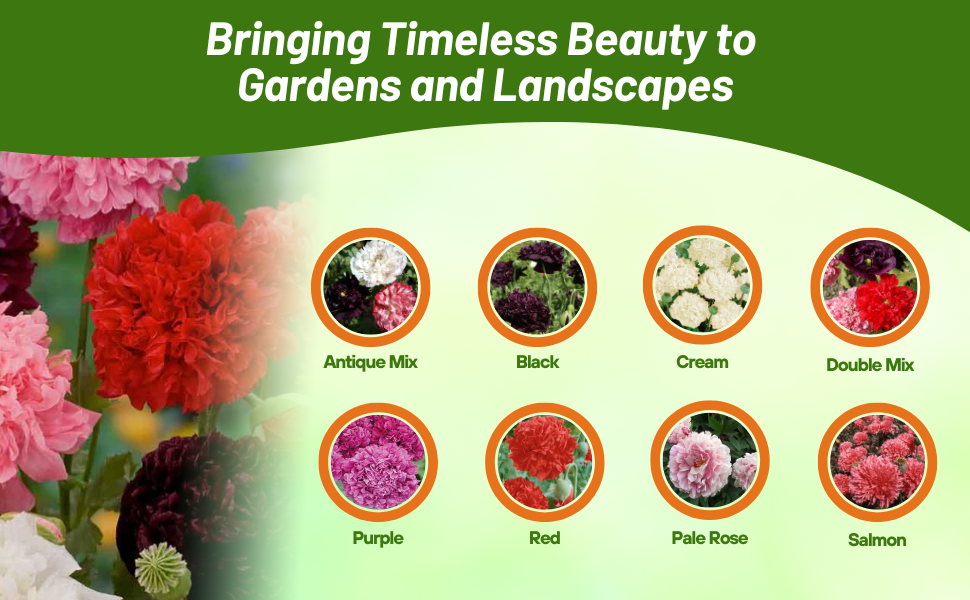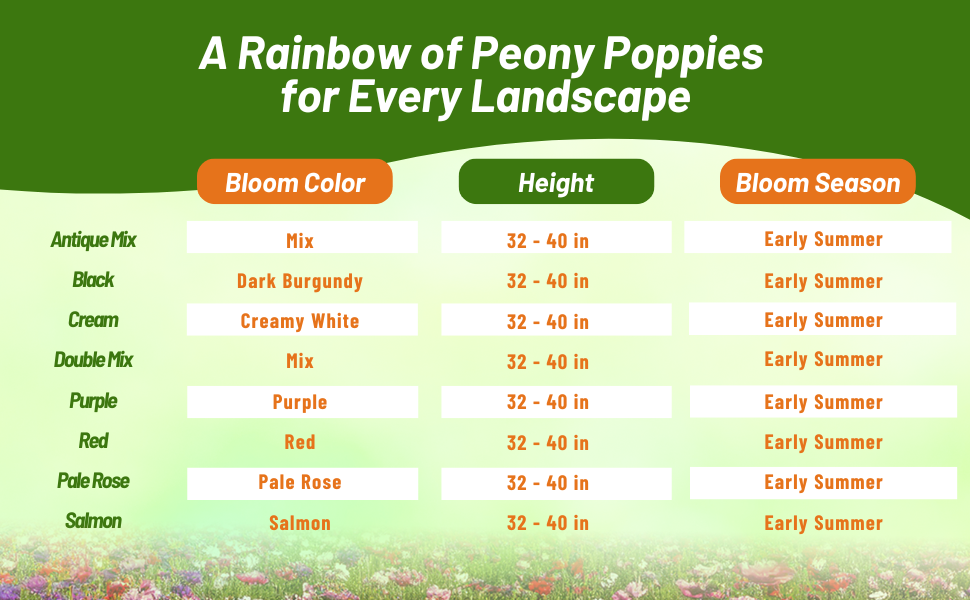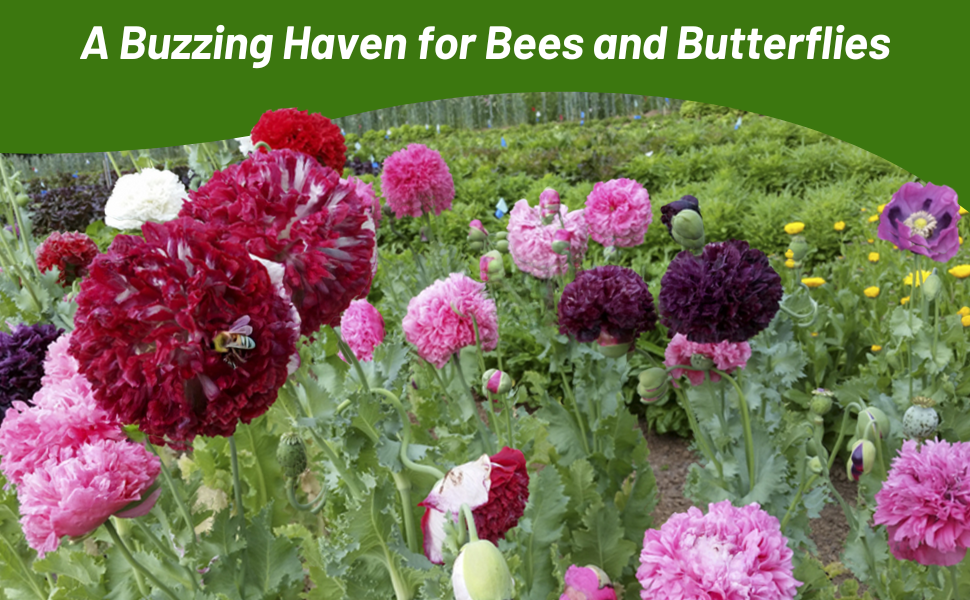-
CATEGORY ::
- All Seeds /
- All Flower Seeds /
- All Peony Seeds





Peony Seeds - Red
SEASON
Annual
USDA ZONES
3 - 8
HEIGHT
32 - 40 inches
BLOOM SEASON
Early summer
BLOOM COLOR
Red
ENVIRONMENT
Full sun
SOIL TYPE
Moist, well-drained, pH 6.1 - 7.8
DEER RESISTANT
Yes
SEASON
Annual
USDA ZONES
3 - 8
HEIGHT
32 - 40 inches
BLOOM SEASON
Early summer
BLOOM COLOR
Dark burgandy
ENVIRONMENT
Full sun
SOIL TYPE
Moist, well-drained, pH 6.1 - 7.8
DEER RESISTANT
Yes
SEASON
Annual
USDA ZONES
3 - 8
HEIGHT
32 - 40 inches
BLOOM SEASON
Early summer
BLOOM COLOR
Creamy white
ENVIRONMENT
Full sun
SOIL TYPE
Moist, well-drained, pH 6.1 - 7.8
DEER RESISTANT
Yes
SEASON
Annual
USDA ZONES
3 - 8
HEIGHT
32 - 40 inches
BLOOM SEASON
Early summer
BLOOM COLOR
Pale rose
ENVIRONMENT
Full sun
SOIL TYPE
Moist, well-drained, pH 6.1 - 7.8
DEER RESISTANT
Yes
SEASON
Annual
USDA ZONES
3 - 8
HEIGHT
32 - 40 inches
BLOOM SEASON
Early summer
BLOOM COLOR
Salmon
ENVIRONMENT
Full sun
SOIL TYPE
Moist, well-drained, pH 6.1 - 7.8
DEER RESISTANT
Yes
SEASON
Annual
USDA ZONES
3 - 8
HEIGHT
32 - 40 inches
BLOOM SEASON
Early summer
BLOOM COLOR
Mix
ENVIRONMENT
Full sun
SOIL TYPE
Moist, well-drained, pH 6.1 - 7.8
DEER RESISTANT
Yes
SEASON
Annual
USDA ZONES
3 - 8
HEIGHT
32 - 40 inches
BLOOM SEASON
Early summer
BLOOM COLOR
Purple
ENVIRONMENT
Full sun
SOIL TYPE
Moist, well-drained, pH 6.1 - 7.8
DEER RESISTANT
Yes
SEASON
Annual
USDA ZONES
3 - 8
HEIGHT
32 - 40 inches
BLOOM SEASON
Early summer
BLOOM COLOR
Mix
ENVIRONMENT
Full sun
SOIL TYPE
Moist, well-drained, pH 6.1 - 7.8
DEER RESISTANT
Yes
About...
(Papaver Paeoniflorum Red) - You can't go wrong with these wonder red flowers in any flower garden. These large peony poppy flowers are 4 inches across to give you a dazzling display of red color.MORE PEONY OPTIONS
Planting Directions
TEMPERATURE
65F
AVERAGE GERM TIME
14 - 21 days
LIGHT REQUIRED
Yes
DEPTH
Do not cover the seed but press into the soil
SOWING RATE
4 seeds per plant
MOISTURE
Keep seeds moist until germination
PLANT SPACING
15 - 18 inches





Peony Poppy (Papaver Paeoniflorum Red) - If you do not have any red peonies in your flower garden, then these are a must addition! These large flowers are 4 inches across and burst forth with brilliant, red flowers. Grown from peony seeds, they make your garden look great, and cut them often to enjoy beautiful arrangements for indoors! After the plants have matured after being planted from seeds, they will have blue-green foliage. After the flowers are done blooming and showing off, oblong seed pods are formed.
You may choose to sow peony seeds indoors in late winter. Use seed starting trays, peat pots, or any other method you are used to ensuring you have a good quality seed starting soil. Sow the flower seeds on the surface and press the flower seeds into the soil ensuring the seeds are close to the surface as they need light to germinate. Keep flower seeds moist until germination. The flower seed may also be sown directly outdoors in spring after frost season is completely over. Prepare the soil by loosening the top several inches, spread the flower seeds and lightly rake. Firm the soil by walking lightly over the area. You will want to thin young seedlings to 15 - 18 inches apart. For all you patients growing these young seedlings, you will get plants which reach 32 - 40 inches in height and 12 inches in width. Plant lower-growing flowers in front for a breath-taking display of color!































